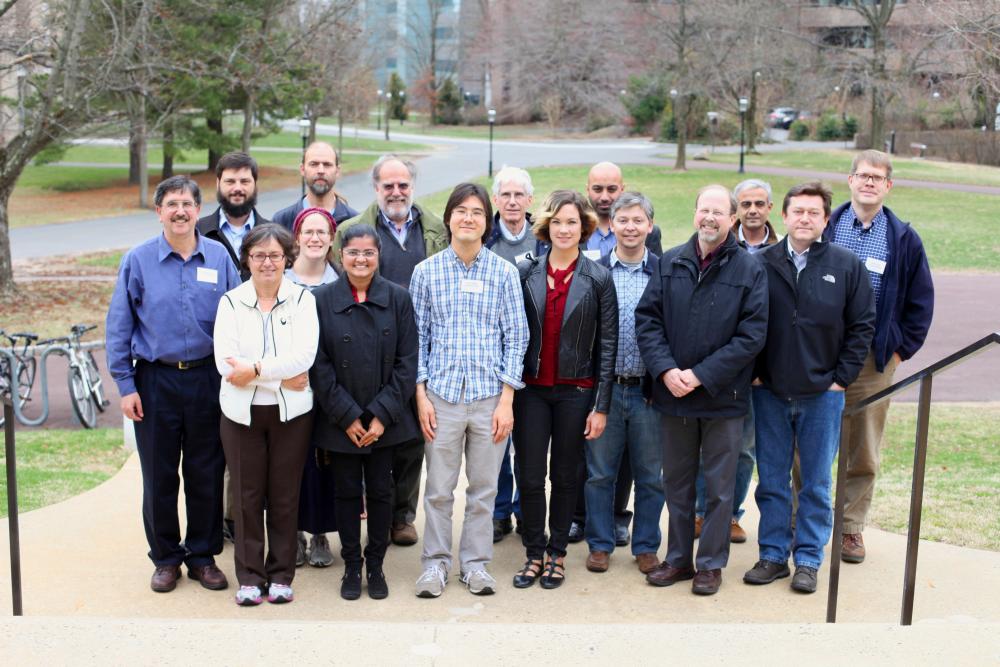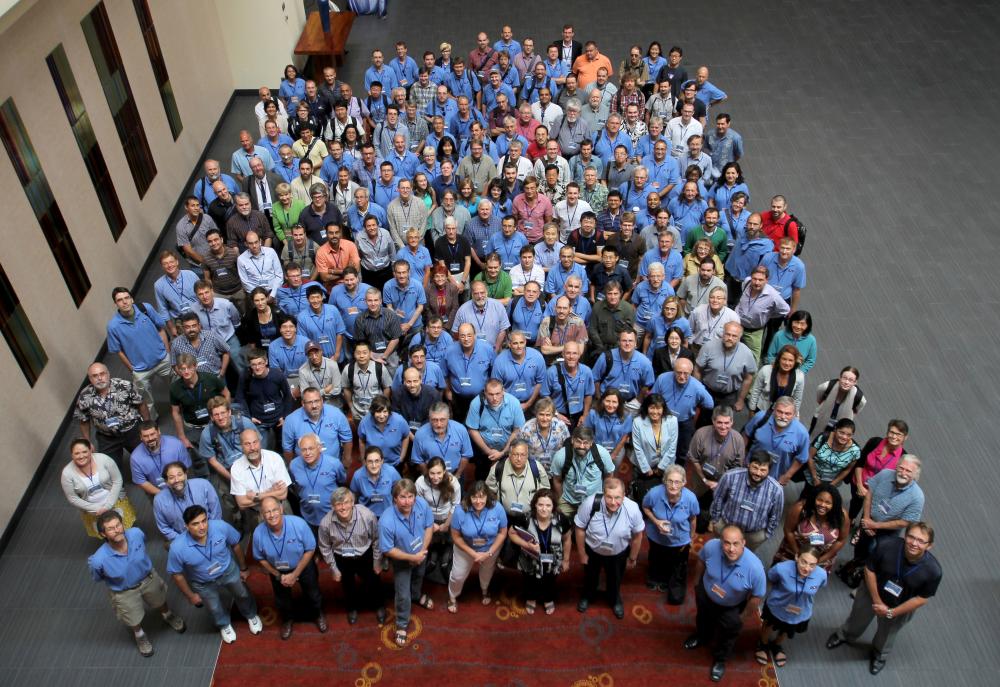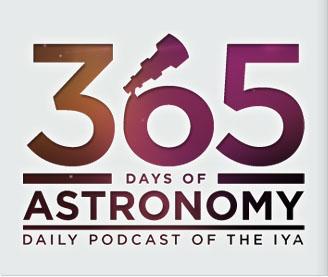The long awaited news has arrived – LSST has received its federal construction start! On Friday afternoon, August 1, the NSF authorized the LSST project for construction with $27.5M in FY14 and a budget plan that stays within a $473M overall budget cap. AURA received NSF support to manage construction of LSST; the NSF press release describes LSST construction as “taking astronomy to the next level”. This marks the official federal start of the LSST project.
The effort that brings us to this important step in making LSST a reality started in the late 1990’s when design requirements for a telescope that would detect faint solar system bodies and those needed to map dark matter via weak gravitational lensing merged into a single wide-field survey telescope initially known as the Dark Matter Telescope. A decade of further developing the science case, refining instrument requirements, and building community support resulted in the LSST, as it was now known, rising from a runner-up in the 2000 NRC Decadal Survey to the top ranking for a large-scale ground-based facility in the 2010 NRC Decadal Survey. In May 2014, the National Science Board gave the NSF conditional approval to move the project to construction status. The NSF support of AURA to manage construction of the LSST marks the official federal start of the LSST project construction.
We gratefully acknowledge the hard work by so many that contributed to this milestone:
- the LSST Corporation for their leadership role in promoting the concept and securing initial funding, organizing the necessary support within both the astronomy and physics communities for the construction and operations of LSST
- our private donors – led by the Charles and Lisa Simonyi Fund for Arts and Sciences and including Bill Gates, Richard Caris, the W.M. Keck Foundation, Wayne Rosing and Dorothy Largay, Eric and Wendy Schmidt, and Edgar Smith – whose early contributions kept the project viable and supported the early construction efforts
- the staff at the National Science Foundation and Department of Energy for continued support for design and development of the LSST concept and whose perseverance and diligence navigated LSST through the federal procedures at the most challenging time in US history to initiate a major research project
- to Sidney Wolff, John Schaefer, and Don Sweeney for their early leadership roles on the project
- to our hundreds of science collaborators who volunteered their time to provide valuable feedback and to document a compelling science case as presented to the National Research Council as the LSST Science Book
- and especially to the hundreds of project team members who have worked so hard and endured hundreds of reviews to define and defend the LSST concept with their expertise, experience and passion.
From a twinkle in the eye of Tony Tyson in 1996 to relentlessly scanning the sky in 2022, the LSST has broken through the technology, science, and political challenges and is on its way to revolutionizing both our cosmic knowledge and the open and collaborative methods of acquiring that knowledge. With every confidence in the project team to complete the construction task, we are excited to begin this next phase for LSST and look forward to sharing the adventure.
Article written by Steven Kahn, LSST Director









